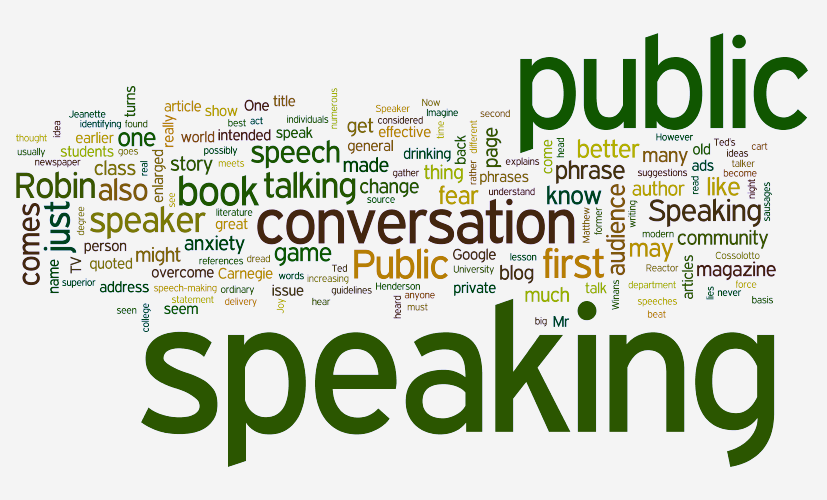
The ins and outs & ups and downs of public speaking
I’ve been combing through old blog posts, preparing for The Big Read in San Miguel de Allende of The Shadow Queen this coming January. For one, I need to have my website in order, especially the posts that relate to that novel. I also need to refresh myself on the process I went through in writing it. It has been a moving exercise.
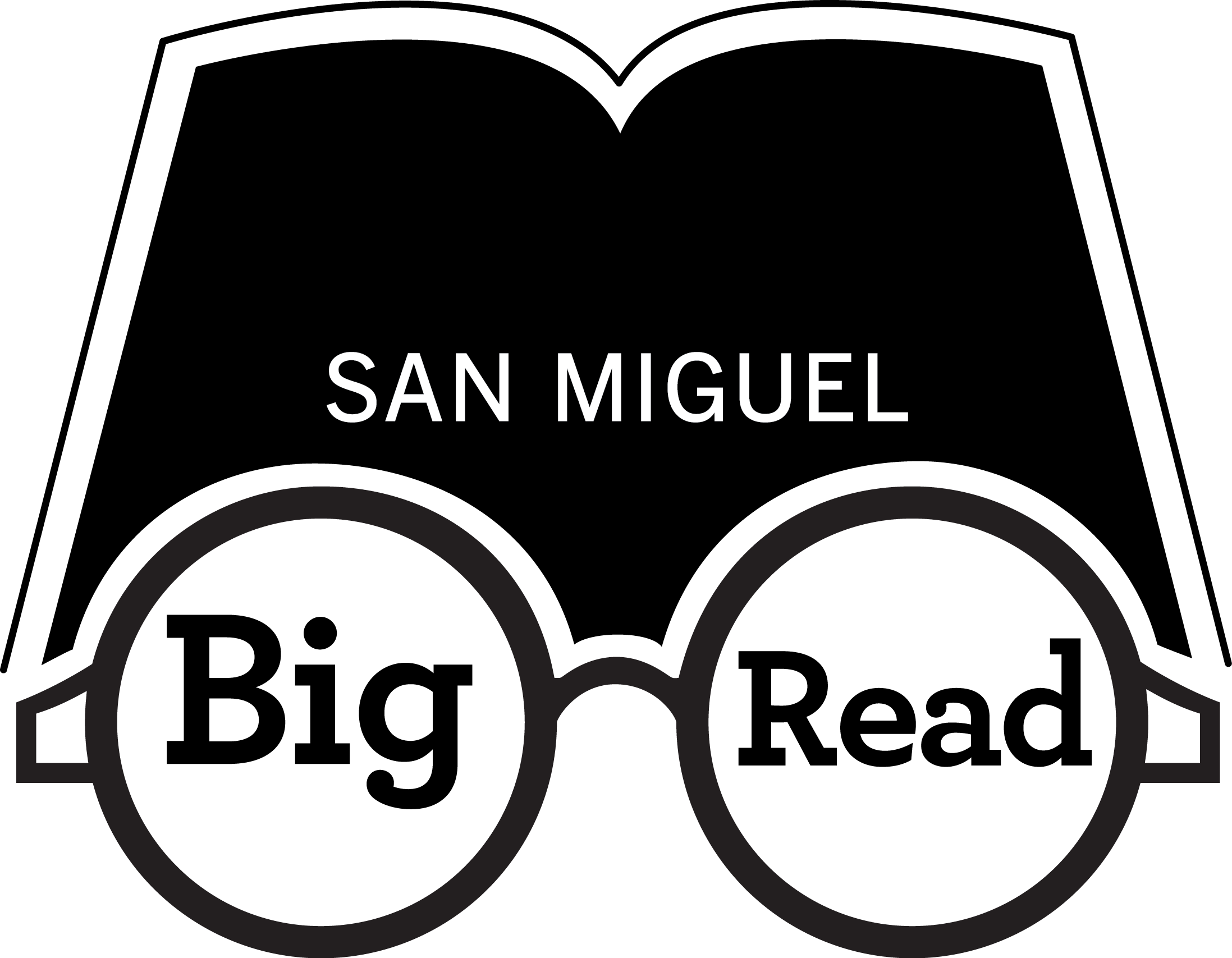
As soon as this is done, I will need to begin crafting my keynote speech. February will be upon me in no time. It seemed appropriate that in combing through my website I happened upon an interview I gave on Jane Friedman’s blog some time ago. In response to Kristen Tsetsi‘s question on public speaking, I outlined my process. I share it here — with some additional stories of things I’ve learned since.
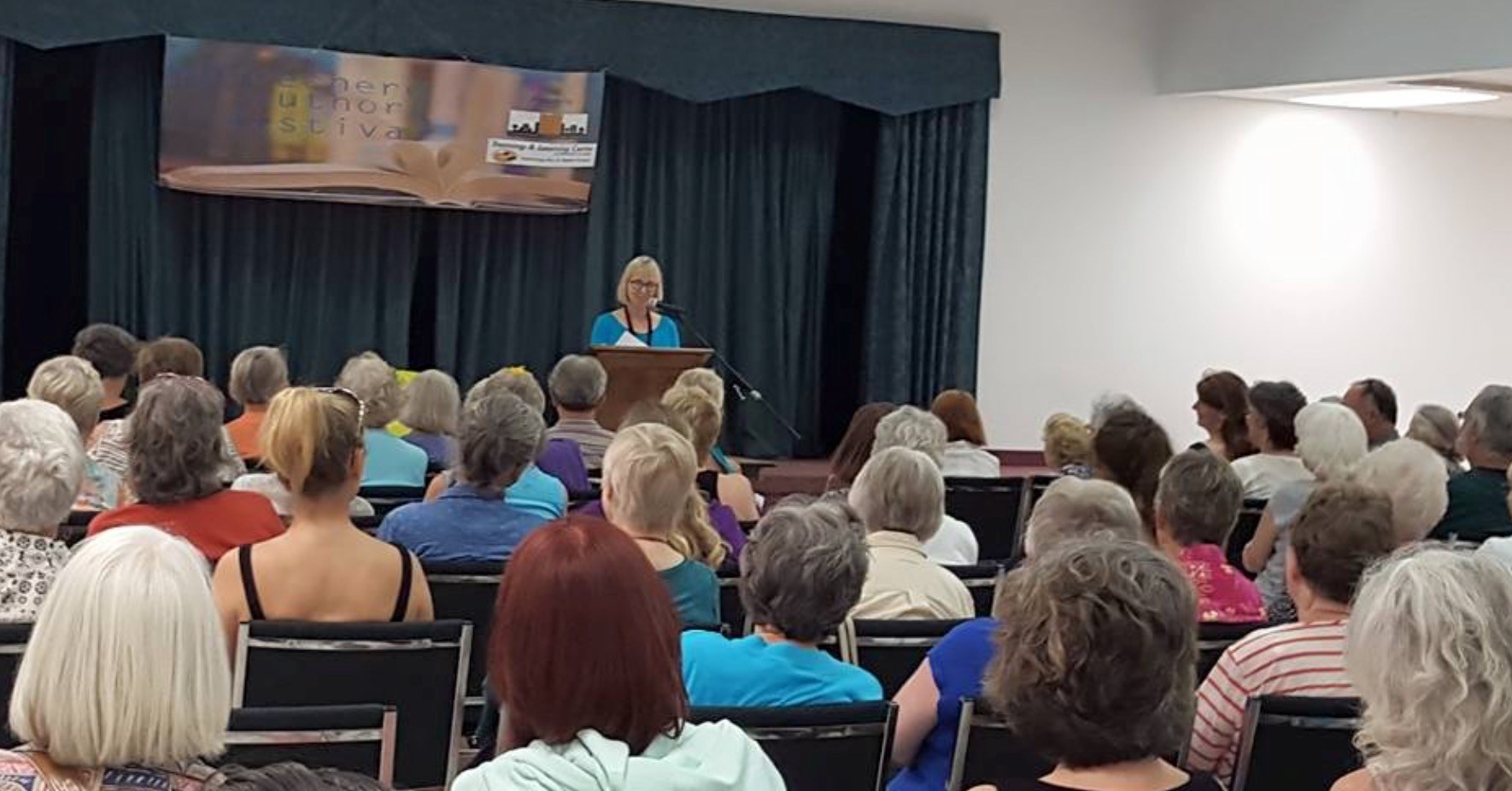
Q: A reading, you’ve said, is more like a talk, an opportunity for the author to engage with the audience. What five pieces of advice would you give authors about to deliver their first reading/talk?
Most writers are introverts and find public speaking daunting. Take heart! Introverts are, as a rule, excellent public speakers, but only because they prepare like crazy.
Here is my process …
Write the talk: every word of it
Put a lot of time into writing a good talk. Write out every word of your presentation. Aim for only about five to ten minutes of reading, and the rest of it talk, leaving time for about fifteen minutes of Q&A at the end. Type the sections of your book you plan to read into your speech.
In general, people love to laugh, and self-deprecating humor goes over well. Remember that you are there to entertain. Readers enjoy personal accounts about the process of creation.
People like to be participants, so ask questions: engage the audience.
Prepare a few funny questions to suggest at the end, should your audience be shy to speak up during the Q&A.
Your entire talk/reading should be about thirty to forty minutes.
Read the talk out loud: every word of it
Read your talk out loud slowly. Edit the passages you are going to read from your book to make them easy for you to read, as well as easy for listeners to understand. Change words you find difficult to pronounce or stumble over. Think of this as theater. A passage read out loud comes across differently from a passage one reads to oneself silently, so adjustments must be made.
Print the talk out in big bold type
Convert your talk to large bold print, and break each paragraph into sentences. Print out your talk and assemble it in a binder. Dog-ear each page so that the pages are easy to turn.

(I wrote about my speaking process in a blog post here, “Finding focus.”)
Rehearse the talk, over and over
A natural, relaxed presentation is achieved with lots of preparation. A few days before your talk, read in front of a mirror, sweeping up from the page with each sentence to meet your own eyes. The day of the talk, do this two or three times. (A caution about going hoarse, however!)
Slow down as you read—don’t race through it.
Try on what you’re planning to wear—is it comfortable? Do you feel good in it? Do you feel like yourself?
Prepare to present the talk … and to expect glitches
Getting comfortable with public speaking comes with practice.
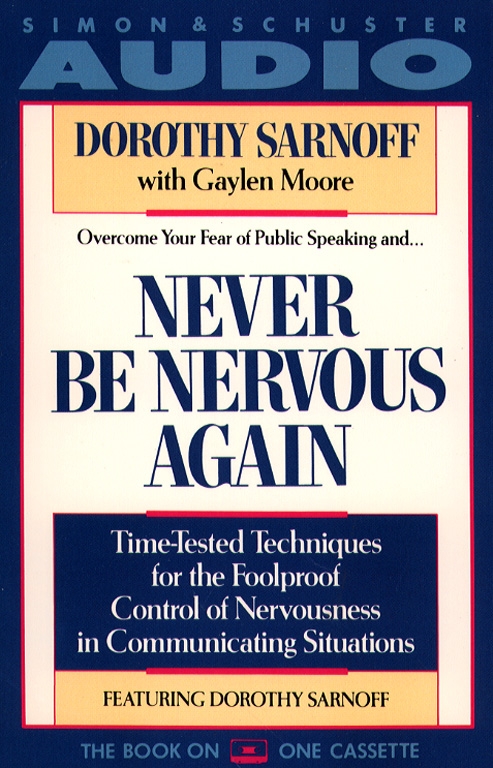
When I was first published, I read and was greatly helped by Never be Nervous Again by Dorothy Sarnoff, who advises speakers to think of the following mantra before a talk: “I’m glad I’m here, I’m glad you’re here, and I know what I know.” Try it! Don’t dread a crowd; embrace it. (I highly recommend this book.)
The most important rule-of-thumb: enjoy yourself — but most of all enjoy the people who have made an effort to come see you …
… including the snoring fan slumped in the front row.

This happens! For amusing stories from actors, read this. (Confession: I’ve once or twice been that snoozing person in the audience myself. When the eyelids start to droop, it can’t be helped!)
I’ve learned that giving out door prizes throughout a talk is not only fun — Who doesn’t love a door prize? — but keeps everyone on their toes.
Find out what the venue is going to be like. Ask for a mike if the group is going to be large. This will allow you to have a more emotional range in your reading. I like to be able to dramatically whisper, for example.
If you plan to give a visual presentation (such as Powerpoint), expect that there will be glitches with the equipment. In my experience, this never fails to happen, and sometimes too with mikes. I’ve learned to bring my own computer, portable projector and cables just in case. If only there was a portable mike one could have on hand, as well.

Plan what you will do in case only one or two people show up. Offer to go to a cafe for a one-on-one chat, for example. Consider this your rite of passage: every author goes through it.
Some of my most memorable talks have been to very small and intimate groups.
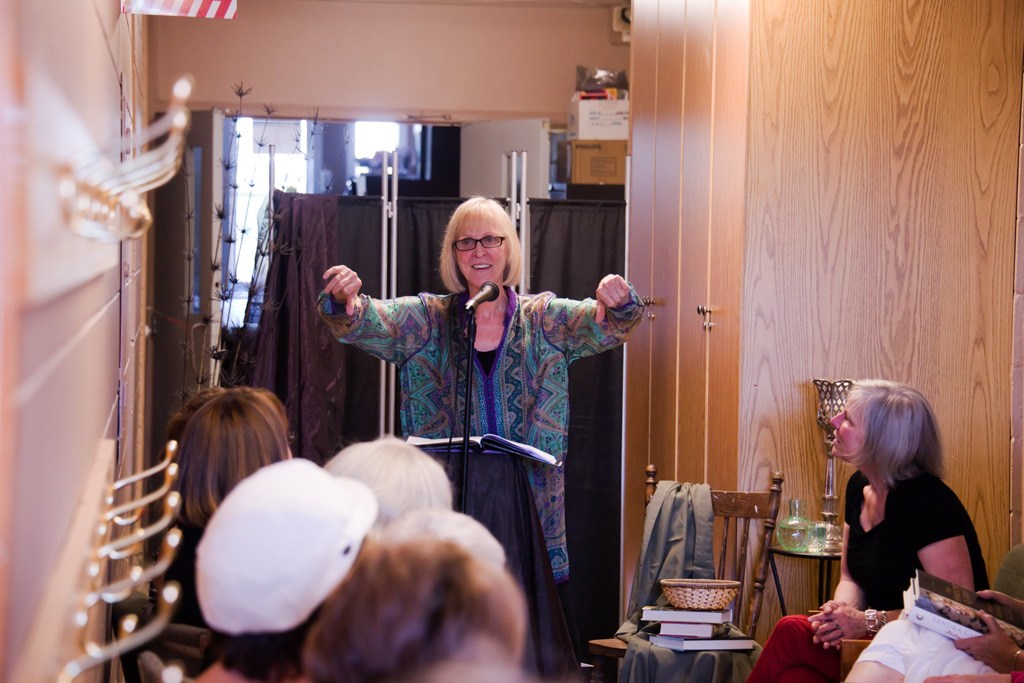
There will be disasters: these will make good stories. Eventually. One of mine was a live TV interview, called an “open-ender” because I was in one city and the interviewer was in another. I could hear his questions through the ear bud in my right ear. And then it fell out and I couldn’t hear a thing. I was filmed scrambling on the floor trying to find it.
I laugh about it now. One wonderful thing about being a writer is that everything is potential material, nothing is wasted.
What public speaking adventures/misadventures have you experienced, either as a speaker or someone in the audience?

